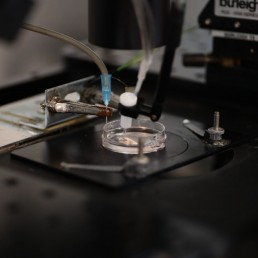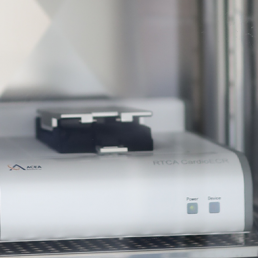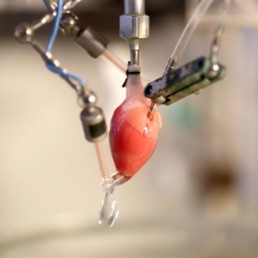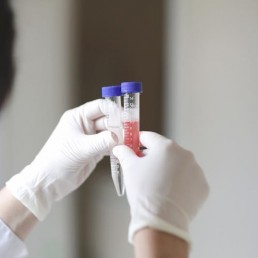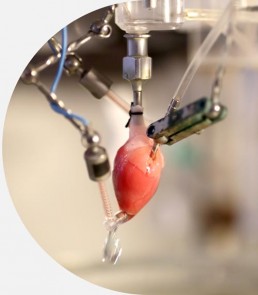
Ischemia reperfusion

Pharmacological studies on Isolated Perfused Heart
Isolated Perfused Heart is an integrative and native expressed system that could easily identify potential cardiotoxic effects of compounds (pro-arrhythmogenic, cytotoxic and contractility worsening) but also cardioprotective agent against ischemia reperfusion injuries Therefore, this model could evaluate cardioprotection (cytoprotective effect) during global ischemia with preventive or curative treatment (prior or after ischemia).
Moreover, this study allows the assessment of the effects of a drug on left ventricular cardiac function (systolic and diastolic function, coronary flow) and cardiac electrical activity (QT prolongation and also all ECG parameters).
Ischemia Reperfusion Assays & Pharmacology
Isolated Perfused Heart assays aim to identify potential cardioprotective effects early in drug discovery phase. A global ischemia induces a diastolic contracture (heart stunning) followed by a decrease of left ventricular function and incidence of ventricular arrhythmias, during reperfusion mimicking the clinical situation of human myocardial infarction. Therefore this model is relevant to evaluate cytoprotective agents against myocardial infarction dammages.
What is the added value of such a study?
- Strongly recommended for the secondary pharmacology of regulatory documents
- Threshold concentration of cardioprotection related to the target
- Prediction of cardiac improvement and anti-arrhythmogenicity
- Determination of appropriate In Vivo model
Technique
- Retrograde heart perfusion (Langendorff) at constant pressure with monitoring of haemodynamics and ECGs parameters
- Guinea-pig or rat hearts
- Electrocardiograms, left ventricular pressure parameters and coronary flow are recorded in hearts perfused at a constant pressure (55 ± 5 mmHg)
- At least 5 preparations tested and 5 control preparations (as basic design protocol but can be adapted)
- 1 concentration per preparation
- Global Ischemia 50-60 minutes followed by 2 hours reperfusion
- Washout period or positive control at the end of the experiment
Measured parameters
- Coronary flow (mL/min)
- Left ventricular pressure parameters:-Developed pressure : maximal systolic pressure, minimal diastolic pressure (mmHg)-Max dP/dt: maximal contraction velocity (mmHg/sec)-Min dP/dt: maximal relaxation velocity (mmHg/sec) -Heart rate: calculated from ventricular contractions (beats/min)-Diastolic contracture (mmHg)
- ECG parameters:-PR, QRS, RR, and QT interval (ms)-QTc intervals: Fridericia (QT / (RR)1/3)
- Clinical rhythmology interpretation of the ECG signal, describing events: AV-block, torsade de pointe, ventricular fibrillation, tachycardia…
- Upon request: Biomarkers assays (LDH & CPK)
Main Advantages
- Technically robust
- Cost effective
- Highly informative and predictible for In Vivo models
- Strongly replicable
- Design protocol could be adapted
